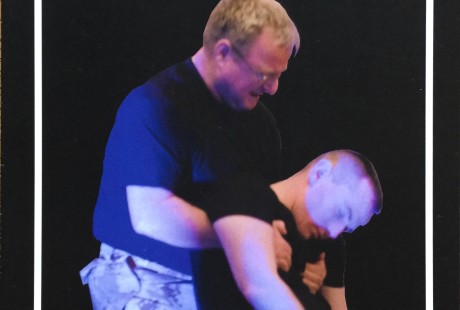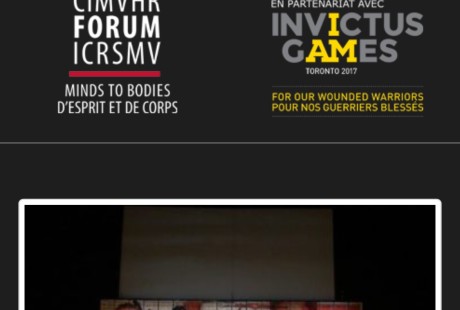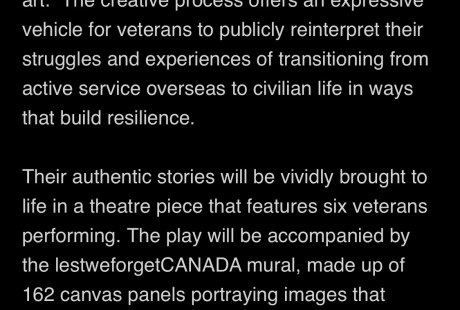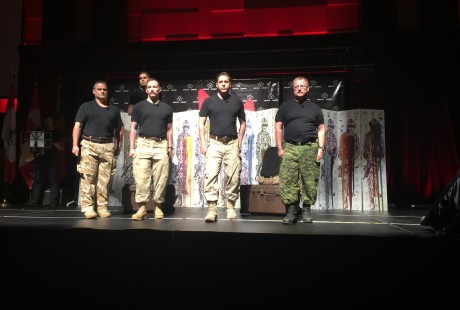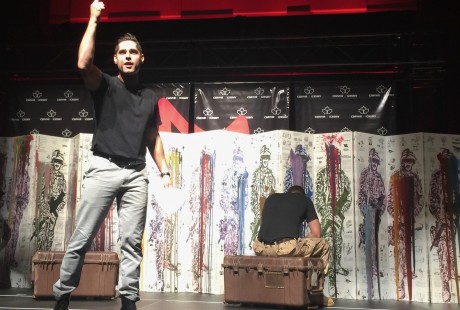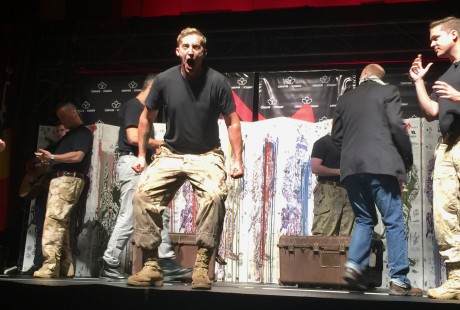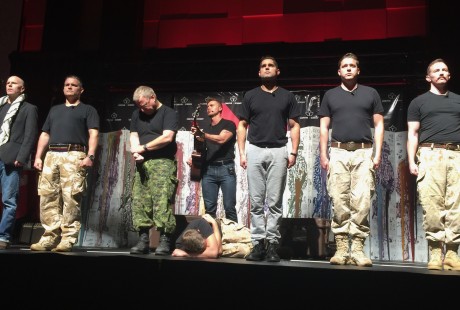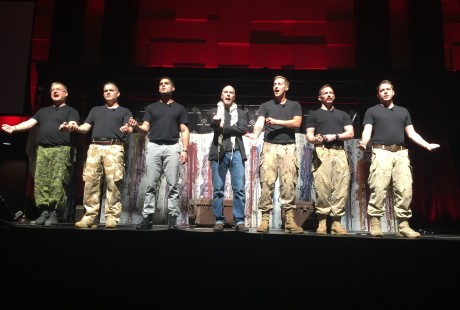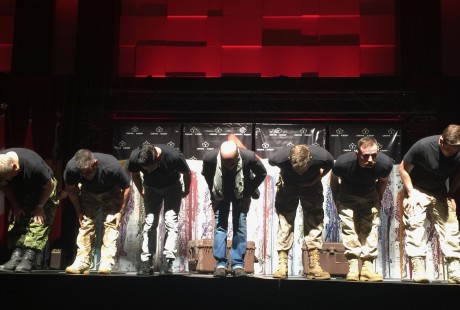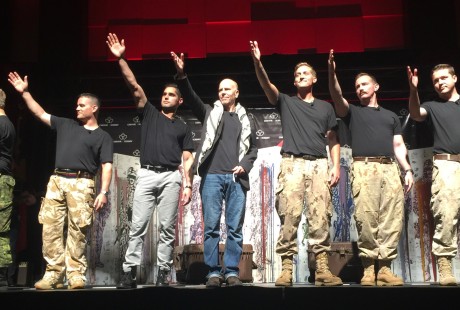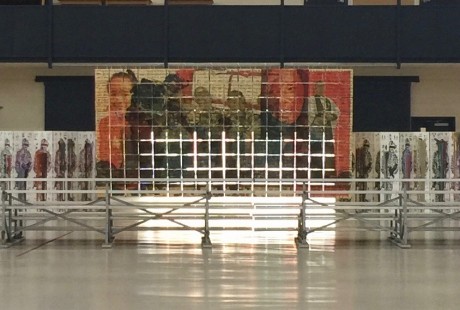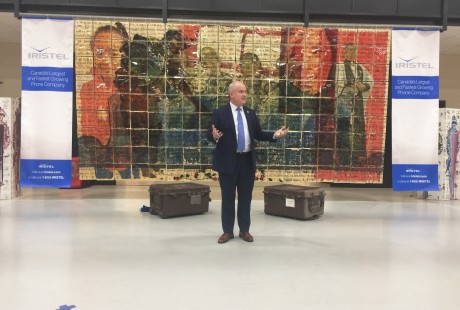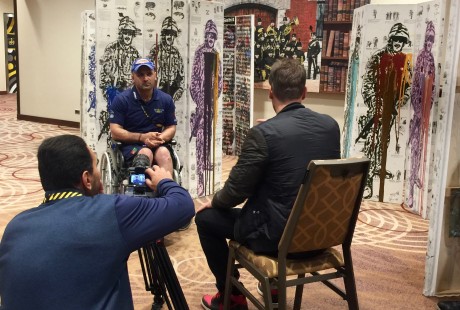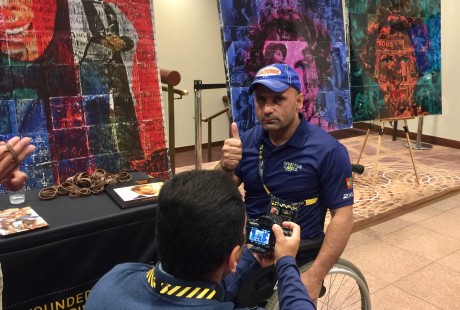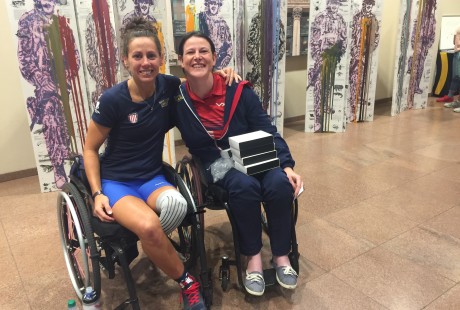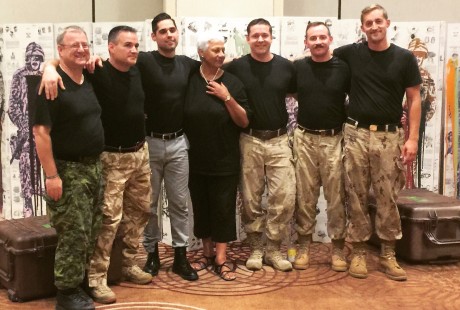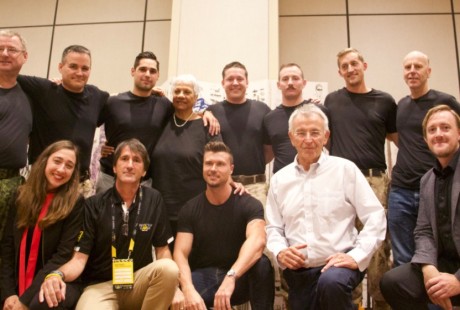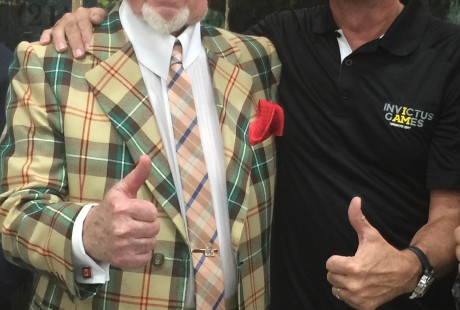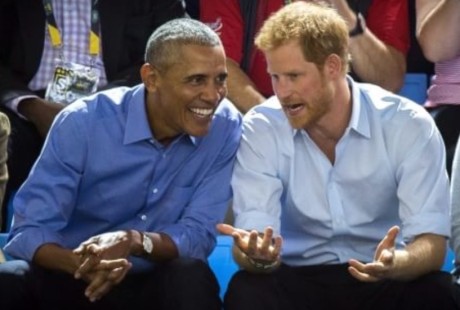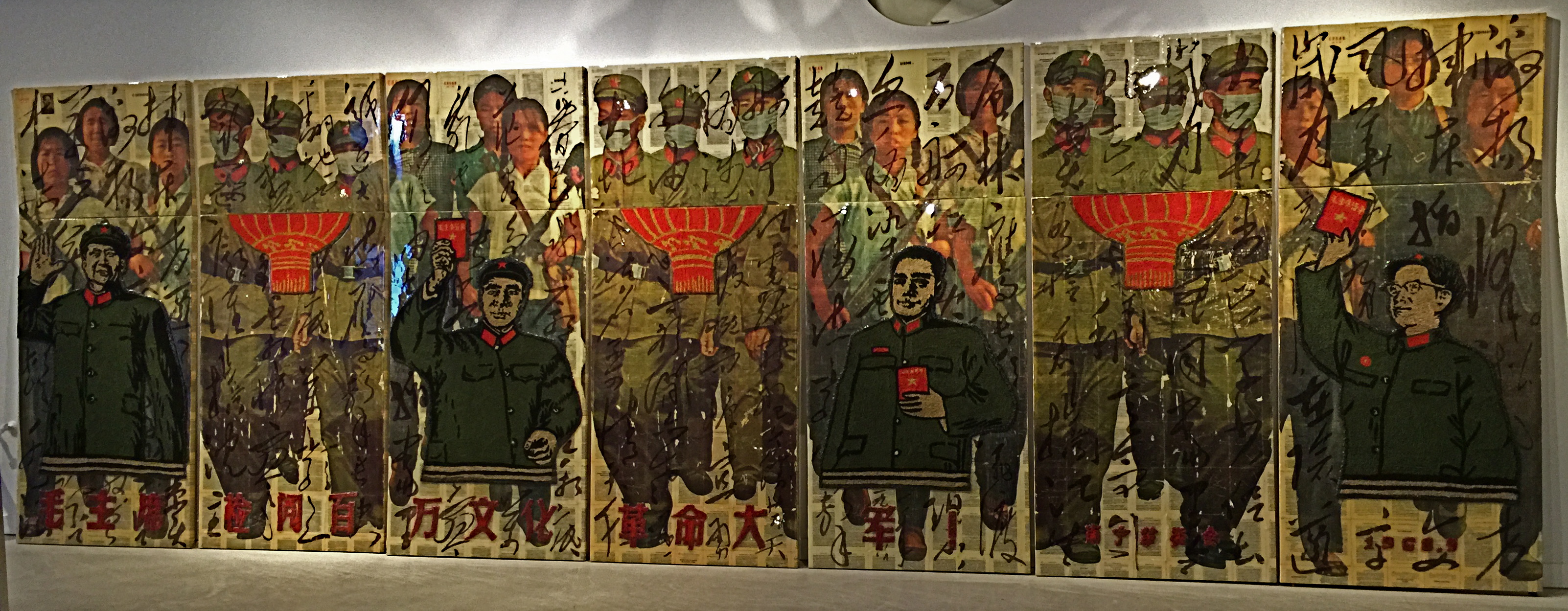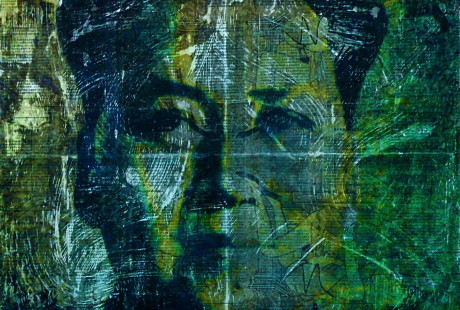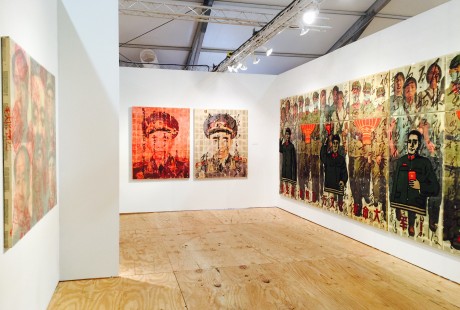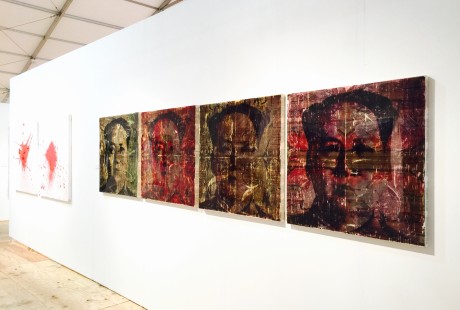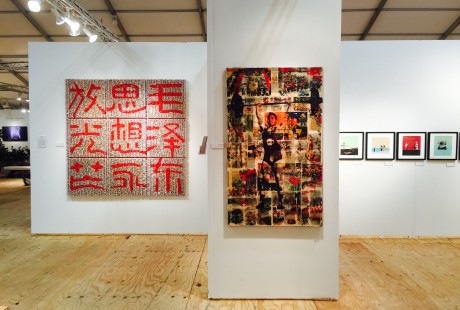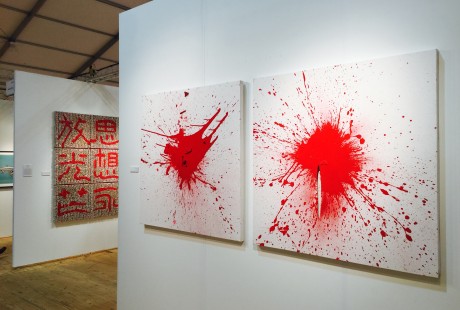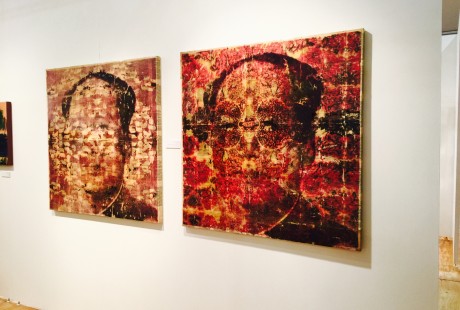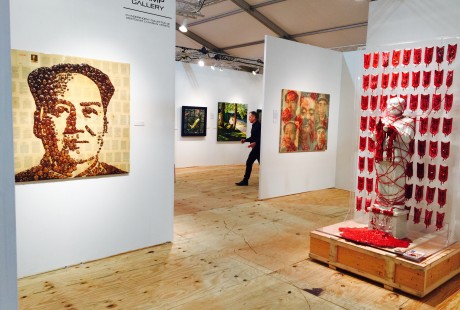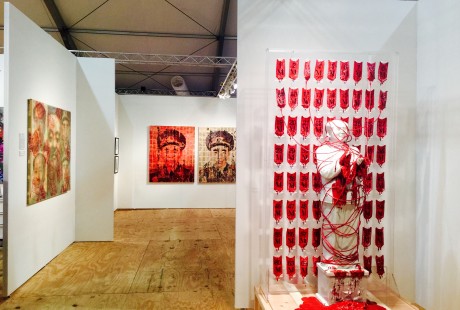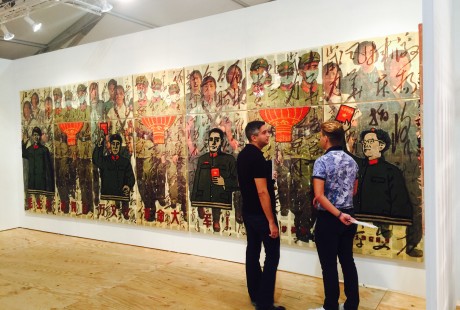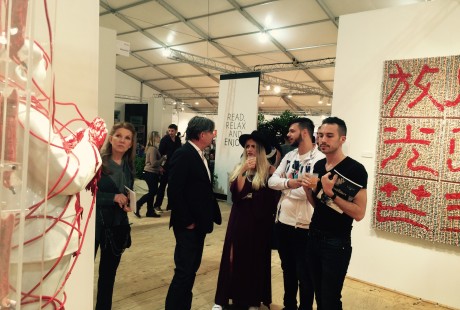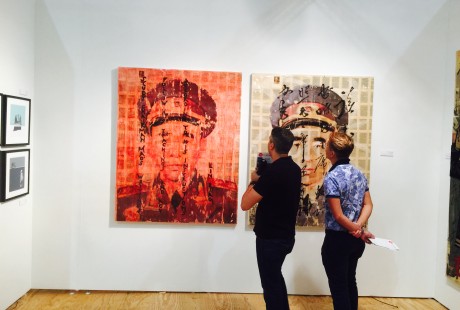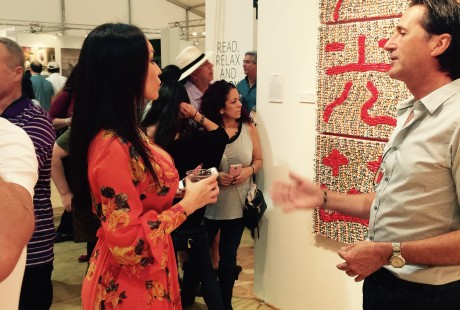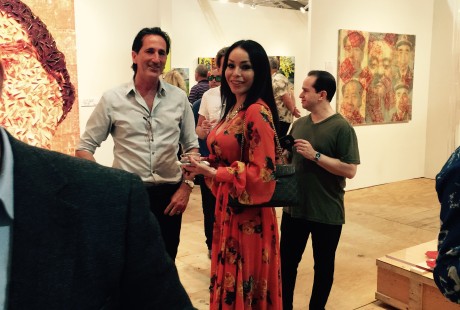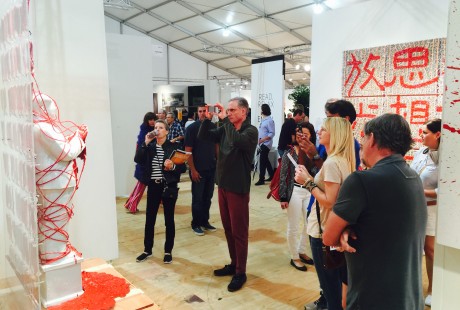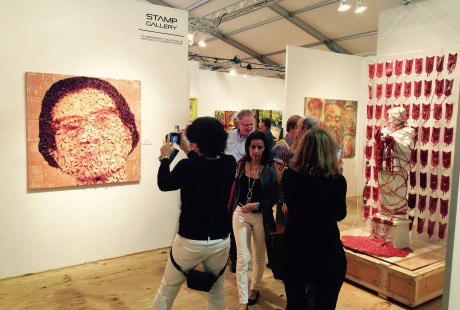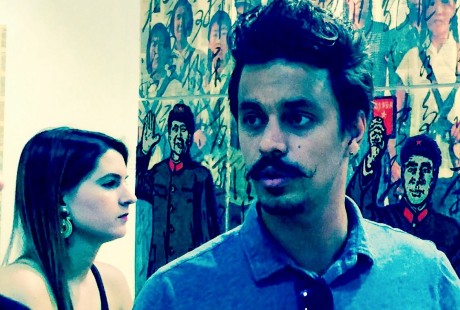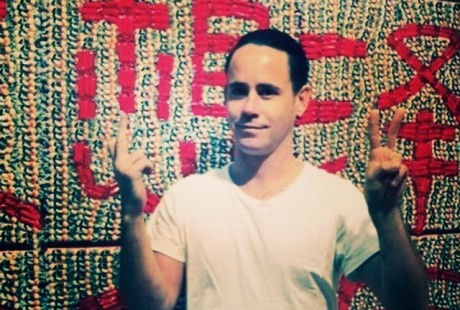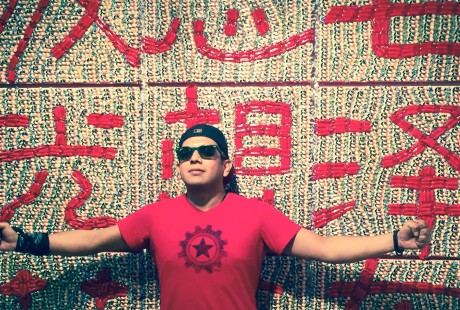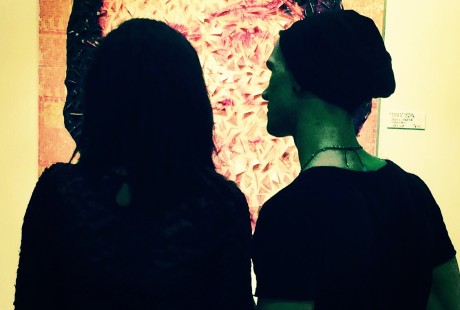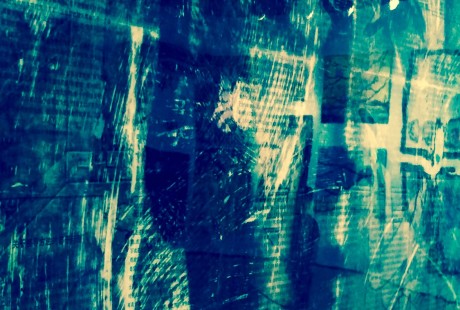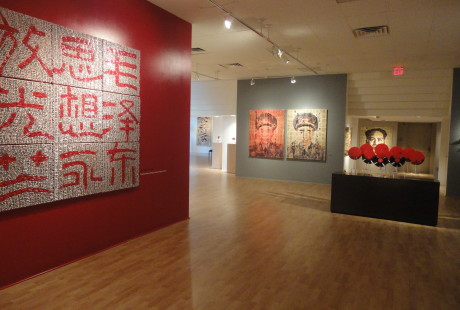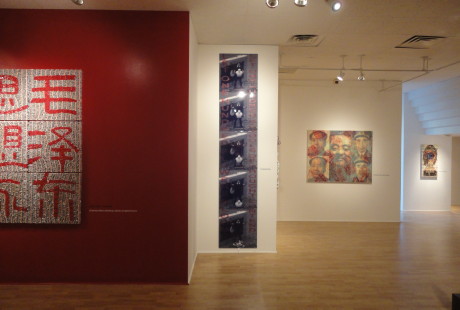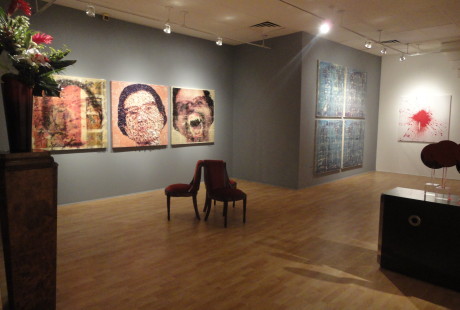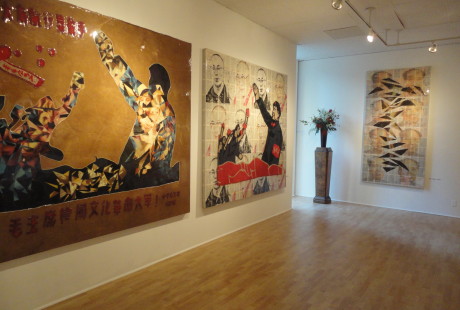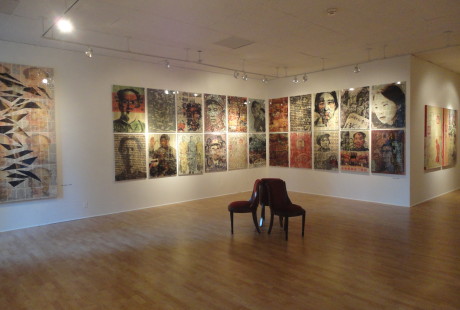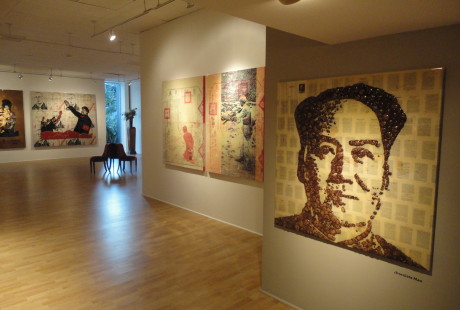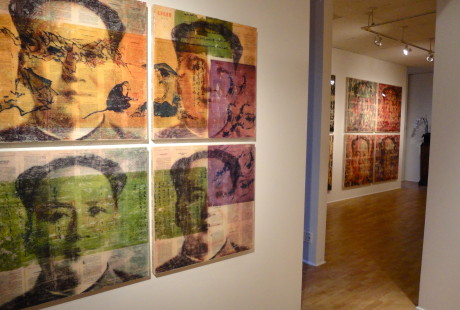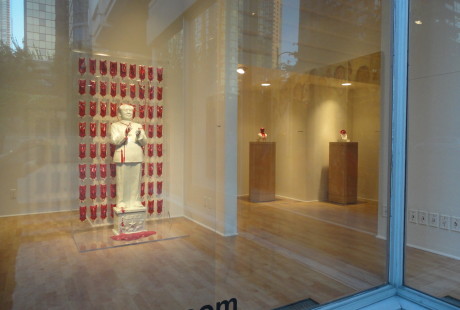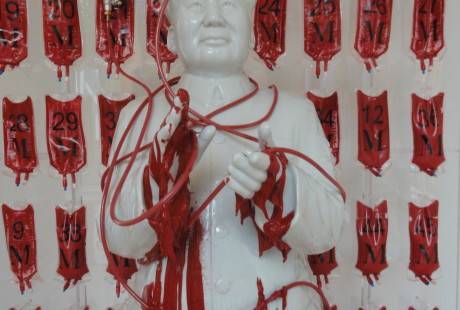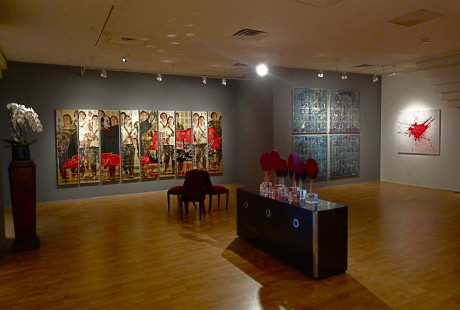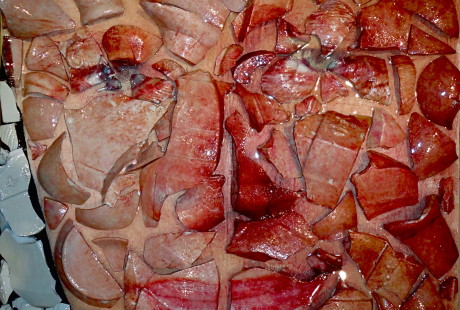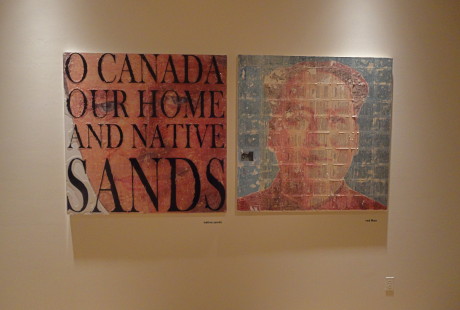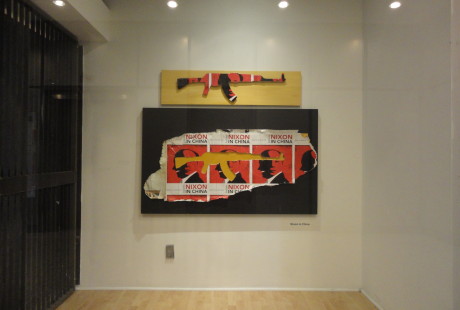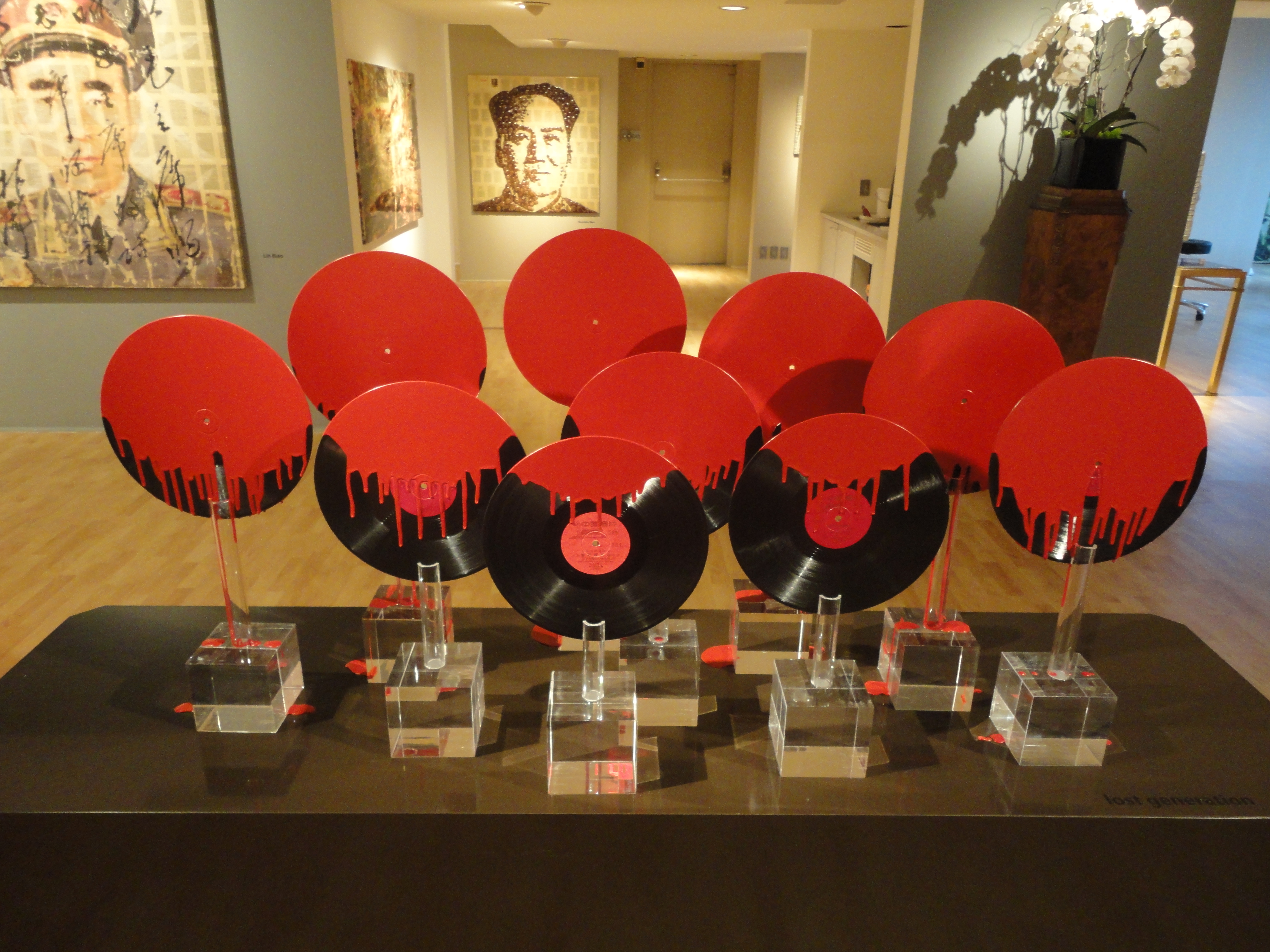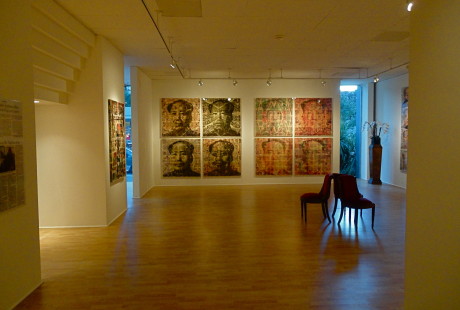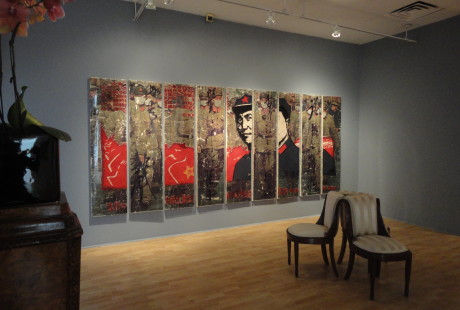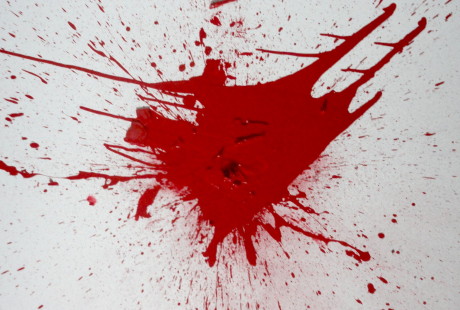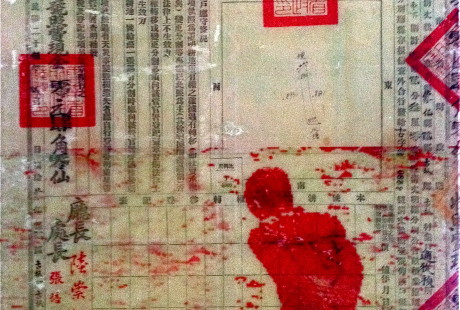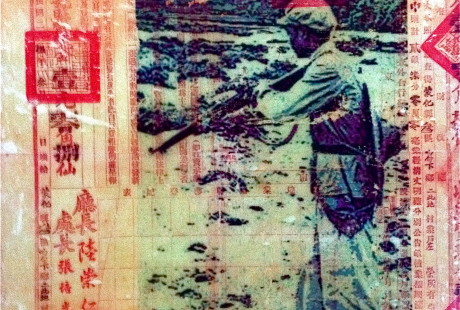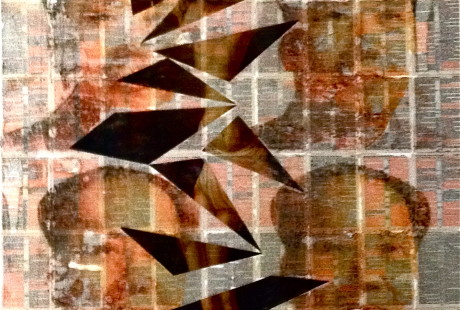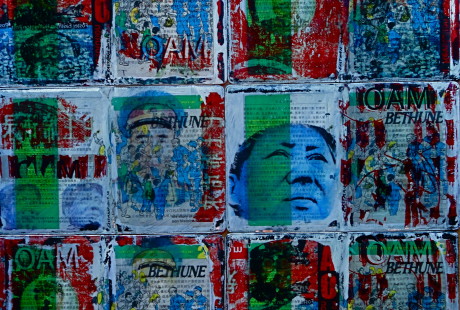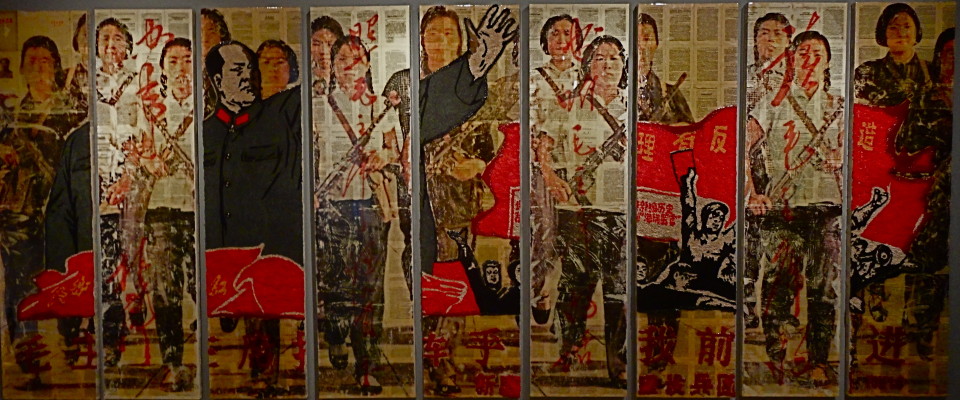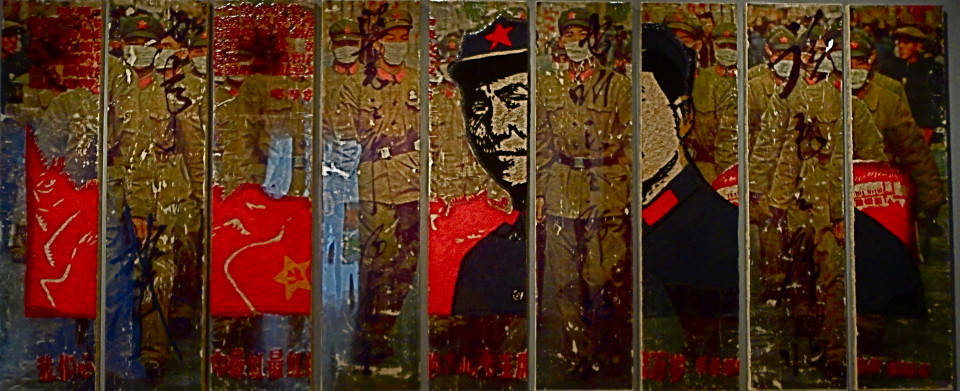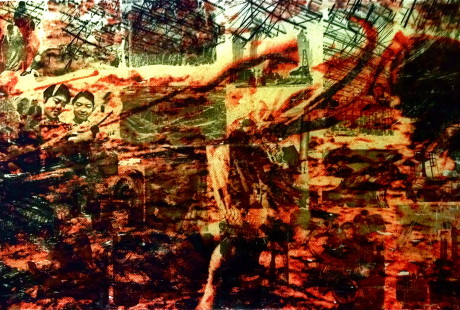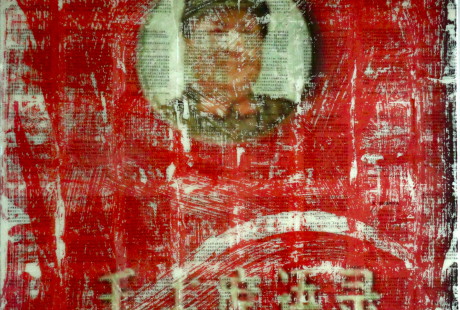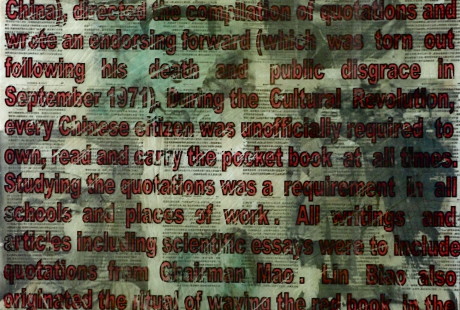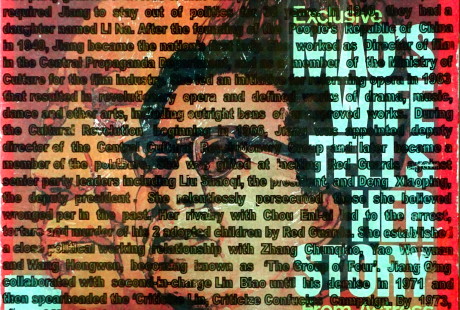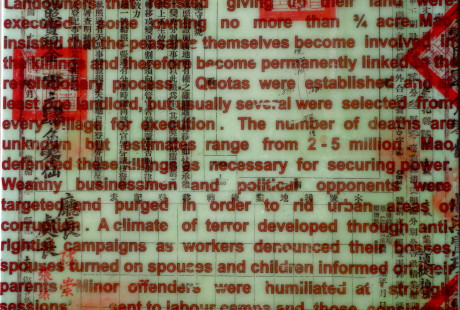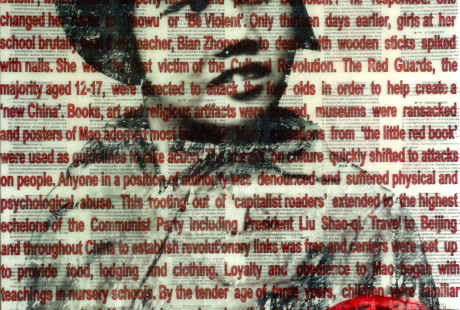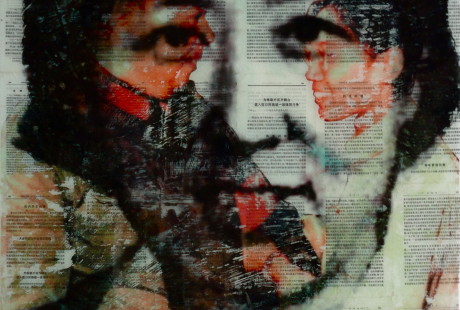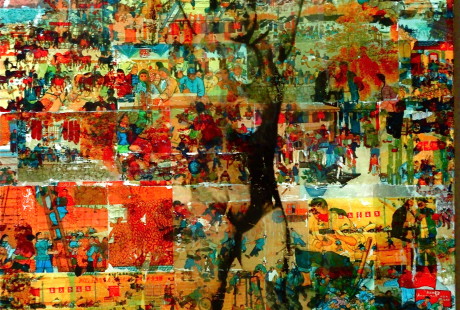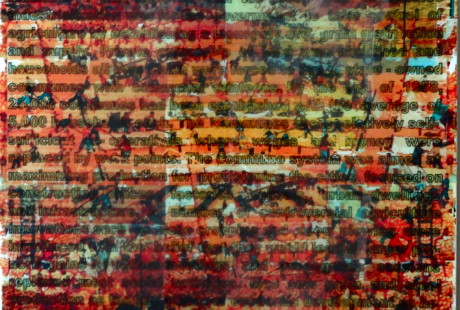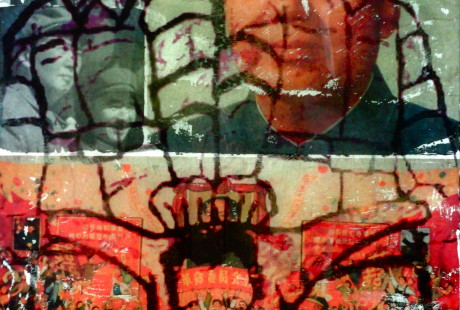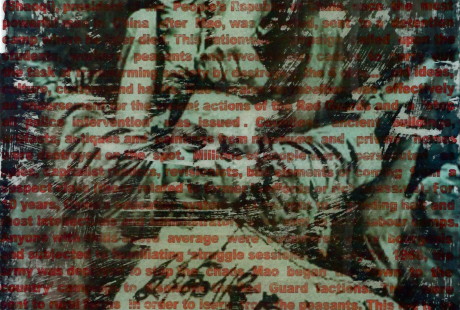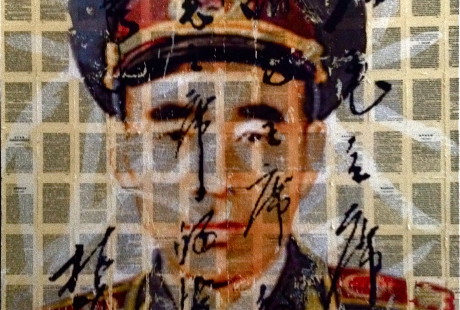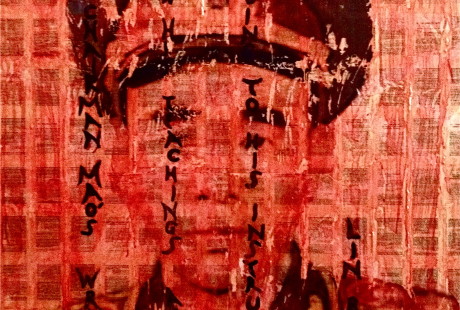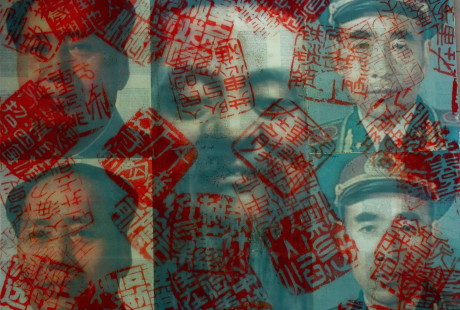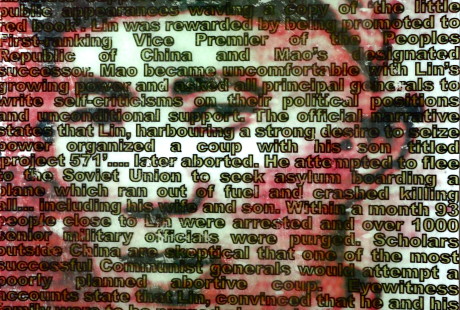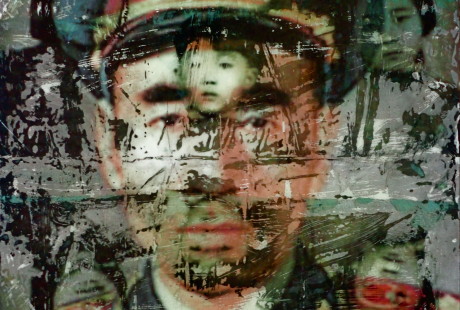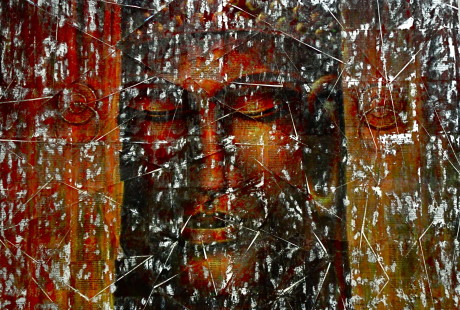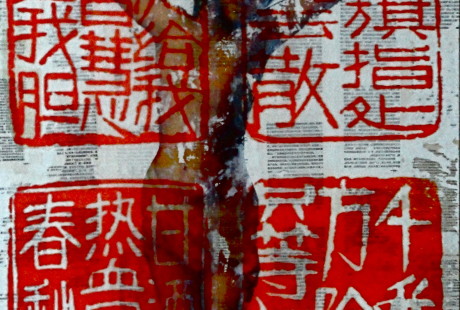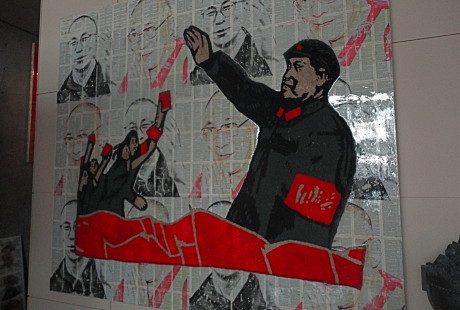Inside stories
Quotations from Mao Tse-tung
On 23, Nov 2015 | In c) MAO book of | By foster eastman
Quotations from Chairman Mao Tse-tung (Zedong) is a series of statements from speeches and writings by Mao bound in a bright red vinyl cover commonly known as ‘the little red book’. Marshal Lin Biao (Vice Premier of the Peoples Republic of China), directed the compilation of quotations and wrote an endorsing forward ‘study Chairman Maos writings, follow his teachings and act according to his instructions’. (This page was torn out following his death and public disgrace in September 1971). During the Cultural Revolution, every Chinese citizen was unofficially required to own, read and carry the pocket book at all times. Studying the quotations was a requirement in all schools and places of work. All writings and articles including scientific essays were to include quotations from Chairman Mao. Lin Biao also originated the ritual of waving the red book in the right hand by the Red Guards chanting slogans such as “long live the proletariat” promoting Mao’s cult of personality. The ‘little red book’ became a symbol of Mao Tse-tung thought or Maoism and is one of the most printed books in history.
Tibet
On 23, Nov 2015 | In c) MAO book of | By foster eastman
Tibet had an ill-defined relationship with the Qing Dynasty (1644-1912)…. at times an ally, an opponent, a tributary state, or a region within Chinese control. In 1724, during the Mongol invasion of Tibet, the Qing seized the opportunity to incorporate the Tibetan regions into China proper. Following the collapse of the Qing dynasty in 1912, the 13th Dalai Lama issued a Declaration of Independence for his kingdom from China… although no other sovereign state recognized the independence. The region maintained its autonomy until 1951 when The People’s Republic of China negotiated the Seventeen Point Agreement with the newly enthroned 14th Dalai Lama’s government. Tibet became formerly incorporated into the People’s Republic of China and was granted autonomy. As farmers were being stripped of their land through Land Reforms, tens of thousands of Tibetans organized themselves into armed resistance groups to fight back. In the wake of a revolt in 1959, the Dalai Lama fled to India where he repudiated the agreement and has led a government in exile. The 10th Panchen Lama responsible for final selection of the next Dalai Lama publicly supported China’s claim of sovereignty over Tibet. During the Cultural Revolution, between 200,000-1,000,000 Tibetans died and 6000 monasteries were destroyed. In 1962, the Panchen Lama wrote a 70,000-character petition that dealt with the brutal suppression of the Tibetan people. Mao called the petition “a poisonous arrow shot at the Party by reactionary feudal overlords’. The Panchen Lama was publicly humiliated at Politburo meetings and dismissed from all political posts. He was imprisoned for 9 years, 8 months and then house arrest for another 14 years. He died of a heart attack at age 51 but many people including the Dalai Lama suspect foul play.
The Great Leap Forward
On 23, Nov 2015 | In c) MAO book of | By foster eastman
The Great Leap Forward ended (January 1961) after 3 years in catastrophe as its foundation was dependant on coercion, terror and systematic violence. Peasants who had received property through land reforms were unwilling to hand over their plots to the state. The ban on private holdings ruined peasant life as villagers were unable to secure enough food to survive. People were herded into fields and worked intolerable hours. Local customs such as funerals, weddings, markets and festivals were deemed as signs of feudalism and were banned. Failure to participate in political campaigns would result in detention, torture, the suffering of entire families and death. Public criticism or ‘struggle’ sessions were often used to intimidate peasants to obey the local cadres. Crop yields were dramatically reduced due to the new planting techniques and the amount of labour diverted to producing low quality steel called pig iron. Under tremendous pressure local officials falsely reported record harvests, which were then used as a basis to determine the amount of grain taken to supply the cities and for export. Most of the grain was exported to the Soviet Union in order to pay for debts incurred during the revolution and to pay for weapon technology… including the atomic bomb. Foreign aid was refused as Mao sought to maintain face and convince the outside world of the success of his plans… even exporting grains to Africa and Cuba. In 1959 and 1960 the weather was less favourable and the situation got considerably worse. There is disagreement over how much weather conditions contributed to the famine and how much was intentional or due to willful negligence. An estimated 18-40 million citizens starved to death, 2.5 million were beaten or tortured to death, 1-3 million committed suicide and The Great Leap Forward became one of the deadliest famines in history.
Jiang Qing
On 23, Nov 2015 | In c) MAO book of | By foster eastman
Jiang Qing (1914-1991), Mao Tse-tung’s 4th wife, became a major power figure with the Communist Party of China. She joined the party in 1933 and was arrested one year later in Shanghai spending 3 months in jail for her political activities. In 1935, she became a professional actress appearing in several films and plays adopting the stage name ‘Lan Ping’. After the Japanese occupation of Shanghai in 1937, Jiang left her acting career to join the resistance in Yan’an. Here at these Chinese Communist headquarters she became personally involved with Mao, nearly twice her age. The party granted a divorce to Mao and permitted the marriage in 1938, but required Jiang to stay out of politics for 30 years. In 1940, they had a daughter named Li Na. After the founding of the People’s Republic of China in 1949, Jiang became the nation’s first lady. She worked as Director of film in the Central Propaganda Department, and as a member of the Ministry of Culture for the film industry. She led an initiative for reforming opera in 1963 that resulted in revolutionary opera and defined works of drama, music, dance and other arts, including outright bans of unapproved works. During the Cultural Revolution beginning in 1966, Jiang was appointed deputy director of the Central Cultural Revolutionary Group and later became a member of the politburo. She was gifted at inciting Red Guards against senior party leaders including Liu Shaoqi, the president, and Deng Xiaoping, the deputy president. She relentlessly persecuted those she believed wronged per in the past. Her rivalry with Chou En-lai led to the arrest, torture and murder of his 2 adopted children by Red Guards. She established a close political working relationship with Zhang Chunqiao, Yao Wenyuan and Wang Hongwen, becoming known as ‘The Group of Four’. Jiang Qing collaborated with second-in-charge Lin Biao until his demise in 1971 and then spearheaded the ‘Criticize Lin, Criticize Confucius Campaign. By 1973, she and Mao lived separately and the party had difficulty knowing how to deal with her with her severe erratic nerves. When Mao died in 1976, the ‘Gang of Four’ were soon arrested and served as a convenient scapegoat for the 10 years of political / social turmoil, and for the deaths of tens of millions of people. During her trial, she was unrepentant and delivered the famous quote: “I was Chairman Mao’s dog. I bit whomever he asked me to bite”. In 1981, she was sentenced to death, which was commuted to life imprisonment. She hung herself in 1991 leaving a suicide note: “Chairman Mao! I love you! Your student and comrade is coming to see you”.
land reform
On 23, Nov 2015 | In c) MAO book of | By foster eastman
Land Reform was the major focus of policy and the foundation of the People’s Republic of China. This policy won the party millions of supporters among the peasantry as 90% of the population were farmers. Property of landlords was expropriated by the government and redistributed to the lower class peasants so that each household would receive a comparable holding. Landowners that resisted giving up their land were executed… some owning no more than ¾ acre. Mao insisted that the peasants themselves become involved in the killings and therefore become permanently linked to the revolutionary process. Quotas were established and at least one landlord, but usually several were selected from every village for execution. The number of deaths are unknown but estimates range from 2-5 million. Mao defended these killings as necessary for securing power. Wealthy businessmen and political opponents were targeted and purged in order to rid urban areas of corruption. A climate of terror developed through anti-rightist campaigns as workers denounced their bosses, spouses turned on spouses and children informed on their parents. Minor offenders were humiliated at ‘struggle sessions’, sent to labour camps and those considered major offenders were executed. Many committed suicide. A second Land Reform occurred in 1958 when ownership was eliminated during The Great Leap Forward and peasants were only given usage rights to land. Land was confiscated and became the property of the state. Peasants were organized into teams and collectives becoming property-less members of ‘peoples communes’.
red guards
On 23, Nov 2015 | In c) MAO book of | By foster eastman
Revolution is not like inviting guests to dinner, is not like writing articles, painting pictures or sowing flowers; Revolution cannot be that graceful, that calm and easy, that modest and tolerant. Revolution is violence. It is violent action of one class overthrowing the other. (Mao Tse-tung)
On August 18, 1966, Mao assembled 800,000 of his Red Guard students to launch his Cultural Revolution. As a student pinned a Red Guard armband on him, the Great Helmsman asked her name. She responded ‘Song Binbin’, which meant ‘properly raised’ and ‘polite’. ‘ Be violent ! ’ he responded. She changed her name to ‘Yaowu’ or ‘Be Violent’. Only thirteen days earlier, girls at her school brutally beat their teacher, Bian Zhongyun to death with wooden sticks spiked with nails. She was the first victim of the Cultural Revolution. The Red Guards, the majority aged 12-17, were directed to attack the four olds in order to help create a ‘new China’. Books, art and religious artifacts were burned, museums were ransacked and posters of Mao adorned most buildings. Many quotations from ‘the little red book’ were used as guidelines to take action. The attacks on culture quickly shifted to attacks on people. Anyone in a position of authority was denounced and suffered physical and psychological abuse. This rooting out of ‘capitalist roaders’ extended to the highest echelons of the Communist Party including President Liu Shao-qi. Travel to Beijing and throughout China to establish revolutionary links was free and centers were set up to provide food, lodging and clothing. Loyalty and obedience to Mao began with teachings in nursery schools. By the tender age of three years, children were familiar with the portrait of Mao and began learning that they should love and respect him. The first Chinese characters that children learned in primary school included “long live the People’s Republic of China, long live the Chinese Communist Party, and long live Chairman Mao”. These early influences shaped the minds of children and led to attachment to the ideology of Mao. For those the age of the Red Guards, the Cultural Revolution was a chance for them to express their discomfort and their opinions violently, with no threat of consequence.
The Great Leap Forward : Weight Lifter
On 23, Nov 2015 | In c) MAO book of | By foster eastman
The Great Leap Forward was a 5-year economic and social plan led by Mao Tse-tung in 1958, which aimed to use China’s vast population to rapidly transform the country from an agrarian economy into a modern communist society through the process of rapid industrialization and collectivization. The hope was to industrialize by making use of the massive supply of cheap labour and avoid having to import heavy machinery. Mao believed that the best way to finance industrialization was for the government to take control of agriculture by establishing a monopoly over grain distribution and supply. Private ownership of land was abolished and households all over China were forced to live in state-owned communes with communal canteens. By the end of 1958, 25,000 communes had been established with the average of 5,000 households each. The communes were relatively self-sufficient co-operatives where wages and money were replaced by work points. The commune system was aimed at maximizing production for provisioning the cities focused on constructing offices, factories, schools, urban dwellings and infrastructure. A number of controversial agriculture innovations such as close cropping and deep plowing were introduced with the belief that they would lead to larger per-acre gains. Political meetings and propaganda sessions replaced most social activities. Mao saw grain and steel production as the key pillars of economic development so he encouraged the establishment of small backyard steel furnaces in every commune and urban neighbourhood. Huge efforts were made by peasants and workers to produce steel out of scrap metal. Thousands of large-scale state projects including mass mobilization on irrigation works were initiated requiring huge investments in technology. Engineers and skilled technicians from the Soviet Union came to help train the youth.
Cultural Revolution
On 23, Nov 2015 | In c) MAO book of | By foster eastman
The Cultural Revolution set in motion by Mao Tse-tung, was a social-political movement that took place from 1966 through to 1976. It’s stated goal was to enforce socialism by removing capitalism through the destruction of traditional and cultural elements from Chinese society while imposing Mao orthodoxy in the party. Mao believed that the political hierarchy, still dominated by bourgeois elitist elements, capitalist and revisionists, justified mass purges. All politicians who had any history of being anything other than dogmatically Maoist were almost immediately purged. Liu Shao-chi (Shaoqi), president of the People’s Republic of China, once the most powerful man in China after Mao, was arrested, sent to a detention camp where he later died. This nationwide campaign called upon the students, workers, peasants and revolutionary cadres to carry out the task of transforming society by destroying the 4 olds….. old ideas, culture, customs and habits. Mao’s praise for rebellion was effectively an endorsement for the violent actions of the Red Guards and a ‘stop all police intervention’ was issued. Countless ancient buildings, artifacts, antiques and paintings from museums and private homes were destroyed on the spot. Millions of people were persecuted as spies, capitalist roaders, revisionists, bad elements or coming from a suspect class (those related to former landlords or rich peasants). For 10 years, China’s education system was brought to a grinding halt and most intellectuals and administrators were sent to rural labour camps. Anyone with skills above average were considered petty bourgeois and subjected to humiliating ‘struggle sessions’. On July 27, 1968, the army was deployed to stop the chaos. Mao began the ‘down to the country’ campaign to dismantle the Red Guard factions. They were sent to rural farms in order to learn from the peasants. This led to an entire generation of inadequately educated youths. In any case, the purpose of the Red Guards had been largely fulfilled. Mao had consolidated and regained his political power after his failure of The Great Leap Forward. In Mao : The Unknown Story, Jung Chang and Jon Halliday claim that during the first few years of anarchy as many 3 million people died violent deaths and 100 million suffered in one way or another. The Red Guards killed a small percentage but most killings were sponsored by the state… the direct work of Mao’s reconstructed regime.
Lin Biao
On 23, Nov 2015 | In c) MAO book of | By foster eastman
Lin Biao (Piao) was a major Chinese Communist military leader who played a pivotal role for the communist victory in the Chinese Civil War against Chiang Kai-shek and the Kuomintang government. Lin advocated a strategy of protracted guerilla warfare to weaken the enemy through feints, ambushes, encirclements and surprise attacks. In order to protect himself from the chaos of the Cultural Revolution, he gave absolute support to Mao always at his side in public appearances waving a copy of ‘the little red book’. Lin was rewarded by being promoted to First-ranking Vice Premier of the Peoples Republic of China and Mao’s designated successor. Mao became uncomfortable with Lin’s growing power and asked all principal generals to write self-criticisms on their political positions and unconditional support. The official narrative states that Lin, harbouring a strong desire to seize power organized a coup with his son titled ‘project 571’…. later aborted. He attempted to flee to the Soviet Union to seek asylum boarding a plane which ran out of fuel and crashed killing all… including his wife and son. Within a month 93 people close to Lin were arrested and over 1000 senior military officials were purged. Scholars outside China are skeptical that one of the most successful Communist generals would attempt a poorly planned abortive coup. Eyewitness accounts state that Lin, convinced that he and his family were to be purged planned an escape. Lin’s daughter ‘Doudou’ reported this plan to the authorities and the doomed flight departed in haste while still refueling. A propaganda campaign ‘Criticizing Lin Biao and Confucius’ began to scar his image and after Mao’s death, he was blamed for many negative aspects of the Cultural Revolution…. accused of taking advantage of ‘Mao’s mistakes’ to advance his own political goals. (years of service 1925-1971)
religion in China
On 23, Nov 2015 | In c) MAO book of | By foster eastman
Missionary activity increased considerably in China after the first opium war in 1842. Christian missionaries built hospitals as well as schools from primary to university level… all under the protection of Western powers. The Boxer uprising in 1900 was an anti foreign reaction to Christianity killing many missionaries, however the Manchu army backed by foreign powers overcame the Boxers. On Monday, June 7, 1926, Mrs. W.E. Sibley, who had been a Canadian missionary in West China since 1907, had her head cut off while walking down a crowded street by a lone swordsman. This incident sparked the exodus of 7000 missionaries fleeing the interior of China. The People’s Republic of China established October 1, 1949 was officially an atheist government. All religious practices were banned from 1966 to 1976 during the Cultural Revolution. The Red Guards destroyed thousands of churches, schools and monasteries. Bibles were destroyed, homes looted and many Christians were subjected to humiliation. Many Priests, Nuns, Monks and religious followers were arrested, persecuted, tortured and executed. In order to protect paintings, many were covered over with propaganda.

